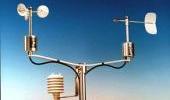 A100 Series Anemometers
A100 Series Anemometers

|
|

|
|
|
||
|
Website design and content is copyright (c) 2003-2024 Windspeed Limited (unless otherise stated). All trademarks are acknowledged. |
||
